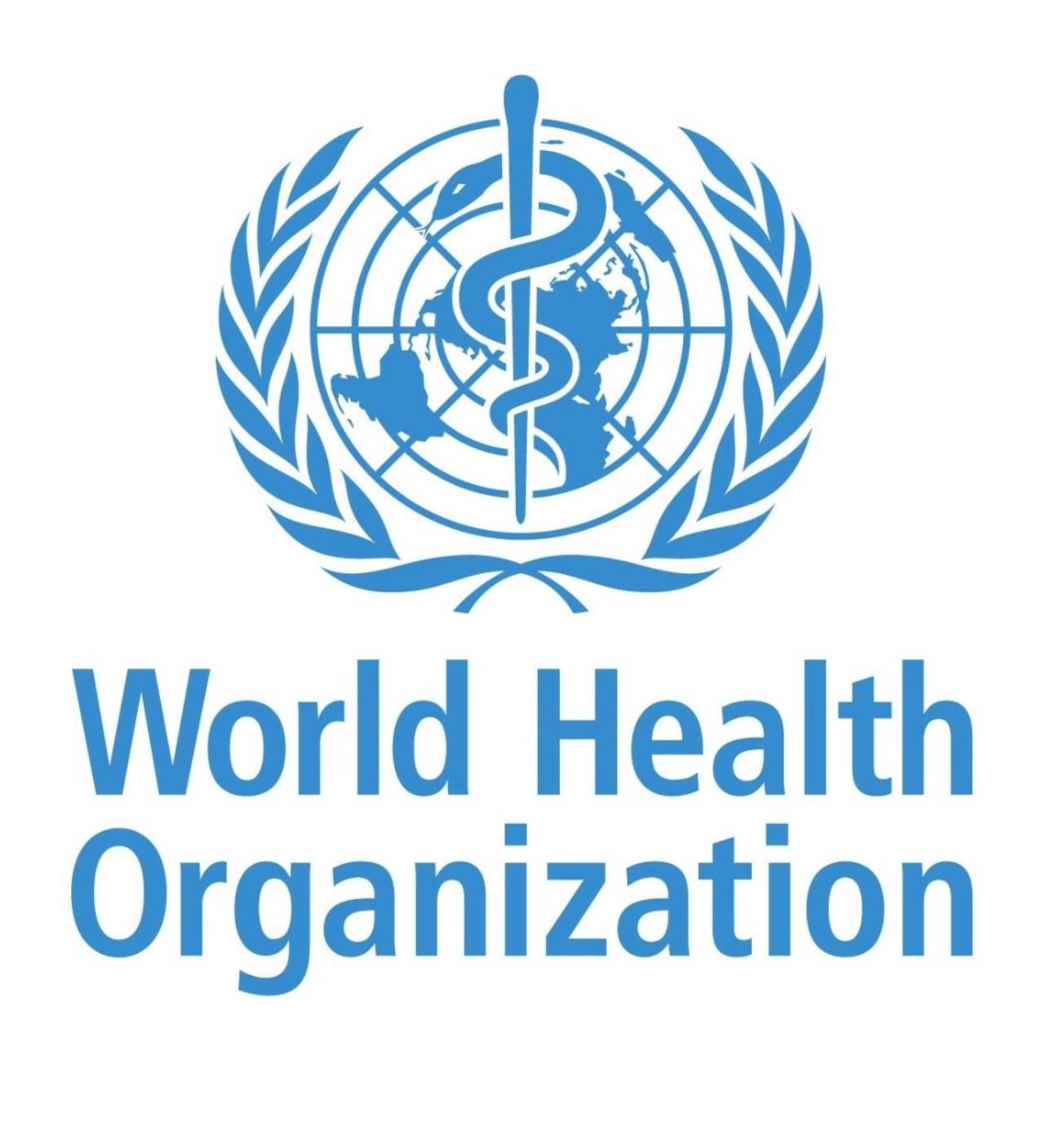WHO Recognizes Chronic Pain as Disease With New Coding System
/By Pat Anson, PNN Editor
The World Health Organization has adopted a new classification system for chronic pain, assigning it the code ICD-11 in a revision of the International Classification of Diseases (ICD). It’s the first time the ICD will include a specific diagnostic code for chronic pain, along with sub-codes for several common chronic pain conditions.
The new classification system is important because it treats chronic pain as a distinct health condition and as a symptom to an underlying disease. It also takes into account the intensity of pain, pain-related disability, and psychosocial factors that contribute to pain.
“The inclusion of the new classification system for chronic pain in ICD-11 is an important milestone for the pain field,” says Lars Arendt-Nielsen, MD, President of the International Association for the Study of Pain (IASP), which headed a task force that developed ICD-11.
The new coding system will make it easier for physicians to diagnose, classify and get treatment for chronic pain patients. Insurers will use the new codes to authorize payments and researchers can use them to more easily track and measure the effectiveness of therapies. That’s the good news.
The bad news is that the ICD changes won’t formally take effect until January 1, 2022.
Under the current system, chronic pain conditions are poorly categorized under the code ICD-10, which makes it difficult for complex conditions such as fibromyalgia and Complex Regional Pain Syndrome (CRPS) to be classified. That led some physicians to diagnose patients with unexplained pain as having a somatic symptom disorder.
“A diagnosis of somatic symptom disorder implies that the pain is caused by a behavioral, that is, mental condition. However, it is not appropriate to diagnose individuals with a mental disorder solely because an alternative medical cause cannot be established,” Jaochim Scholtz, MD, an IASP task force member, explained in Practical Pain Management.
Under the new coding system, patients with fibromyalgia or CRPS could be classified as having a “primary pain” disorder, one of seven new sub-codes for chronic pain conditions:
Chronic primary pain
Chronic cancer-related pain
Chronic post-surgical or post-traumatic pain
Chronic neuropathic pain
Chronic secondary headache or orofacial pain
Chronic secondary visceral pain
Chronic secondary musculoskeletal pain.
There is some overlap between the different diagnostic codes. For example, neuropathic pain can be a symptom of cancer or chemotherapy, while trigeminal neuralgia could fall under neuropathic or orofacial pain. The idea is to give physicians a range of codes to choose from instead of the limited choices they have today.
“The integration of chronic pain in ICD-11 sends a strong signal that pain will achieve appropriate representation in this international standard for reporting diseases and health conditions,” said Scholtz. “The coding system also provides fundamental information for the identification of health trends and healthcare planning. It is widely hoped that the new systematic classification of chronic pain in the ICD-11 will support epidemiological, and other research that is essential for the development of future health policies.”
The classification system was outlined in a free online article published in the January 2019 issue of PAIN.






